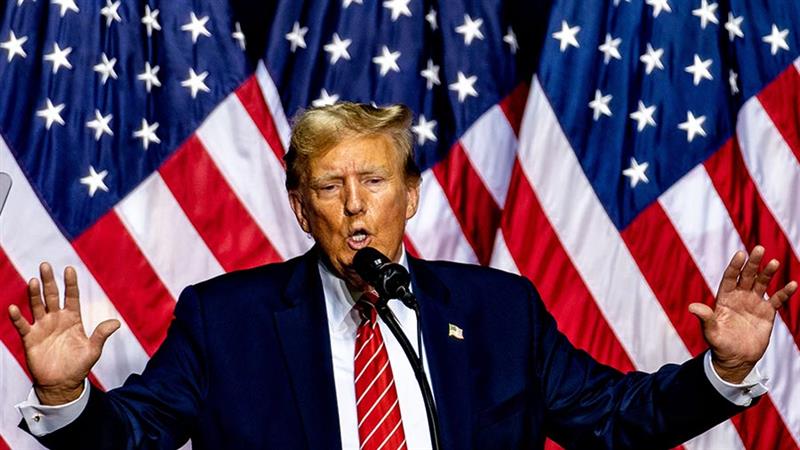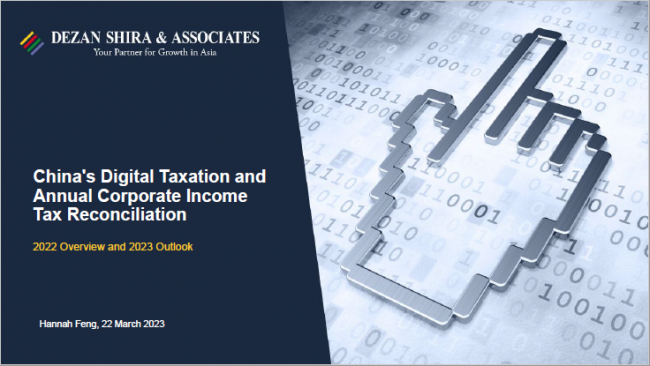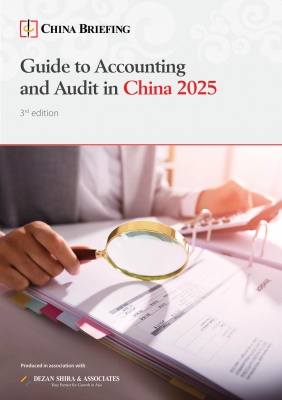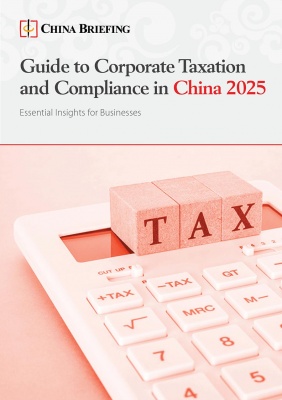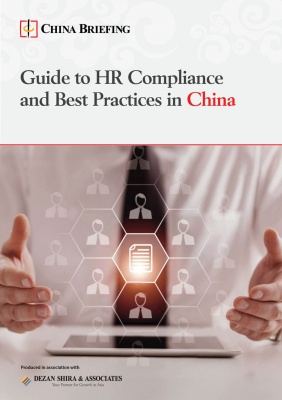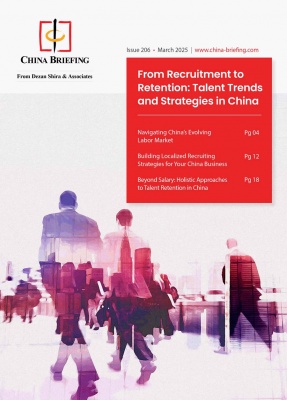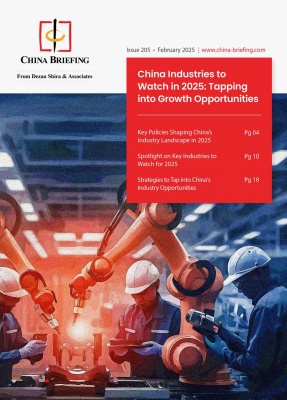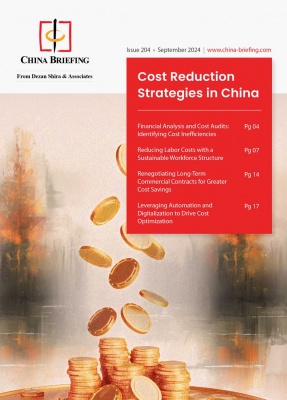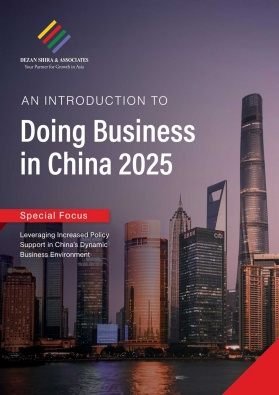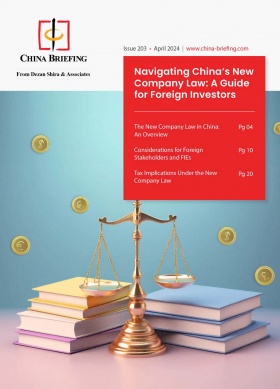2025 Import-Export Tariffs in China: Latest Adjustments
The State Council has announced new adjustments to the China import-export tariffs for 2025 to expand domestic demand and serve industrial development and technological progress in the coming year.
These adjustments include tariff reductions on certain medical supplies, critical equipment and key parts, and green products, tariff increases on certain commodities based on domestic demands such as syrup and sugar-containing premixes, vinyl chloride, and battery separators, as well as adjustments to tariff items.
China will adjust import and export tariffs on selected goods in 2025 in a bid to expand domestic demand, support high-quality development and opening up, and enhance the synergy between domestic and international markets, the Tariff Commission of the State Council (the ‘Commission’) said on Saturday, December 28, 2024.
According to the Announcement of the Customs Tariff Commission of the State Council on Adjusting the Tariffs in 2025 (the 2025 Tariff Adjustment Plan), the following changes are noteworthy.
Overview of China’s 2025 Tariff Adjustment Plan
- In 2025, China will impose tariffs on 8,960 tax items.
- Provisional import tariff rates: Starting from January 1, 2025, 935 items will be subject to provisional import tariff rates, which are lower than the most favored nation (MFN) tariffs.
- Tariff reduction: Starting from January 1, 2025, China will reduce tariffs for relevant products to support the development of new productive forces led by technological innovation, ensure and improve people’s livelihoods, and advance green and low-carbon development.
- Tariff increase: Starting from January 1, 2025, import tariffs on some commodities will be raised to assist with the development of domestic industry and cope with changes in supply and demand. Examples include syrup and sugar-containing premixes, vinyl chloride, and battery separators.
- Conventional tariff rates: The conventional tariff rates will be applied to imported goods originating from 3 countries or regions, under the 24 free trade agreements (FTAs) and preferential trade arrangements that have been signed and entered into force between China and relevant countries or regions.
- Preferential tariff treatment: Zero-tariff treatment will continue to be provided to 43 least-developed countries that have established diplomatic relations with China and completed the exchange of documents. At the same time, preferential tariffs will continue to be applied to some imported goods originating from Bangladesh, Laos, Cambodia, and Myanmar.
- Tariff structure updates: To serve industrial development and technological progress, new tariff items have been added and the description of certain tariff items has been optimized.
- Tariff quota: The tariff quota management will continue to be implemented on eight categories of commodities including wheat, corn, rice, sugar, wool, wool top, cotton, and fertilizer, and the tax rates will remain unchanged.
- Export tariffs: Export tariffs will be imposed on 107 commodities, including ferrochrome, 68 of which are subjected to provisional export tariff rates.
Below we take a closer look at the changes introduced in the 2025 Tariff Adjustment Plan.
What are the changes in China’s Tariff Adjustment Plan 2025?
Tariff reduction
To promote technological innovation and support the development of new and advanced productive forces, China will reduce import tariffs on key items, including automatic transmissions for special-purpose vehicles, polyolefin polymers, ethylene-vinyl alcohol copolymers, fire trucks, and rescue vehicles.
In alignment with efforts to enhance and improve public well-being, tariff reductions will also be applied to critical medical and healthcare materials such as sodium zirconium cyclosilicate, viral vectors for CAR-T cancer therapy, and nickel-titanium alloy wires for surgical implants.
To foster green and low-carbon development, import tariffs on ethane and certain recycled copper and aluminum materials will be lowered, encouraging sustainable practices and resource efficiency.
Conversely, reflecting changes in domestic industrial development and supply-demand dynamics, import tariffs on specific items—such as syrup and sugar-containing premixes, vinyl chloride, and battery separators—will be increased. These adjustments remain within the commitments of China’s accession to the World Trade Organization (WTO).
This tariff restructuring underscores China’s commitment to balancing innovation, public welfare, and sustainability while adapting to evolving market and industrial needs.
Tariff increase
To support the growth of domestic industries and address shifts in supply and demand, import tariffs on select commodities will increase starting January 1, 2025. Items affected by this adjustment include syrup and sugar-containing premixes, vinyl chloride, and battery separators.
Introduction of new tariff items
In 2025, new tariff items will be introduced to align with industrial development and technological advancements. These include pure electric passenger vehicles, canned king oyster mushrooms, spodumene, and ethane. Additionally, to promote the scientific and standardized development of the tariff system, new tariff item annotations such as dried seaweed, carbon additives, and injection molding machines will be added in 2025.
Enhancements to tariff item descriptions
Descriptions for certain tariff items, such as coconut juice and processed feed additives, will be refined for greater clarity. Additionally, existing annotations for domestic tariff items, including liquor, wood-based activated carbon, and thermal printheads, will also undergo optimization to ensure alignment with the evolving tariff framework.
China-Maldives FTA
China-Maldives FTA came into effect on January 1, 2025. Upon completion of the final tariff reductions, nearly 96 percent of the tariff items between the two parties will achieve zero tariffs.
How to Read China’s Tariff Adjustment Plan 2025?
Support for technological innovation and industrial upgrades
According to analysts, one of the standout features of the 2025 tariff adjustments is the reduction of import duties on raw materials, equipment, and components critical for advancing industrial development and technological progress. For instance, tariffs on key materials like polyolefin polymers and ethylene-vinyl alcohol copolymers will be lowered. These items play an important role in various sectors, including medical devices, packaging materials, and electronics, all of which benefit from enhanced functionality and safety features.
For example, polyolefin polymers have diverse applications, including in medical products like syringes and vials, where they ensure the stability and safety of pharmaceuticals. In the electronics sector, their exceptional barrier properties help protect sensitive components from environmental factors such as humidity and oxygen. By lowering tariffs on these materials, China aims to facilitate industrial transformation and upgrades, thus supporting the development of high-quality manufacturing capabilities.
Ongoing commitment to healthcare and public welfare
China continues to prioritize public welfare through tariff reductions on healthcare-related products. Since 2018, China has progressively reduced import tariffs on pharmaceuticals and active pharmaceutical ingredients, particularly for essential drugs such as cancer treatments and medications for rare diseases.
The 2025 adjustments further reflect this focus, with reductions in tariffs on key healthcare items, including sodium zirconium cyclosilicate for treating hyperkalemia and viral vectors for CAR-T cancer therapies. These measures are designed to improve the accessibility of advanced medical technologies and pharmaceuticals, thereby enhancing the country’s healthcare services and addressing rising public demand for these treatments.
Advancing green and low-carbon development
A prominent aspect of the 2025 tariff adjustments is the emphasis on green and low-carbon development. Tariffs on ethane, as well as certain recycled copper and aluminum materials, will be reduced to support the growth of sustainable industries. These reductions align with China’s broader environmental goals, facilitating the transition to a greener energy structure by increasing the import of eco-friendly materials and reducing domestic production of non-competitive, environmentally harmful products.
By adjusting tariffs on these resource and energy-related items, China seeks to promote sustainable development, reduce environmental impact, and advance its green development objectives, reinforcing the country’s commitment to a more sustainable future.
Refining tariff classifications and annotations
In addition to tariff reductions, the new items added to China’s tariff schedule as well as new annotations will improve the accuracy and transparency of the tariff system, which is vital for effective trade management. By refining tariff classifications and annotations, China will enhance its ability to manage imports and exports, support industry development, and ensure that the tariff structure is clear and up to date.
Conclusion
China’s Tariff Adjustment Plan for 2025 represents a strategic effort to foster technological innovation, promote industrial development, and improve public welfare. The reductions in tariffs on raw materials, healthcare products, and green technologies align with China’s goals of driving high-quality economic growth, advancing industrial transformation, and enhancing public health. The plan also reflects a commitment to environmental sustainability and the optimization of the tariff structure to support more effective trade management. Through these adjustments, China is positioning itself to strengthen its global economic integration while fostering domestic industry and improving the well-being of its population.
About Us
China Briefing is one of five regional Asia Briefing publications, supported by Dezan Shira & Associates. For a complimentary subscription to China Briefing’s content products, please click here.
Dezan Shira & Associates assists foreign investors into China and has done so since 1992 through offices in Beijing, Tianjin, Dalian, Qingdao, Shanghai, Hangzhou, Ningbo, Suzhou, Guangzhou, Haikou, Zhongshan, Shenzhen, and Hong Kong. We also have offices in Vietnam, Indonesia, Singapore, United States, Germany, Italy, India, and Dubai (UAE) and partner firms assisting foreign investors in The Philippines, Malaysia, Thailand, Bangladesh, and Australia. For assistance in China, please contact the firm at china@dezshira.com or visit our website at www.dezshira.com.
- Previous Article An Introduction to Doing Business in China 2025
- Next Article China Releases New Company Registration Measures: What You Need to Know
